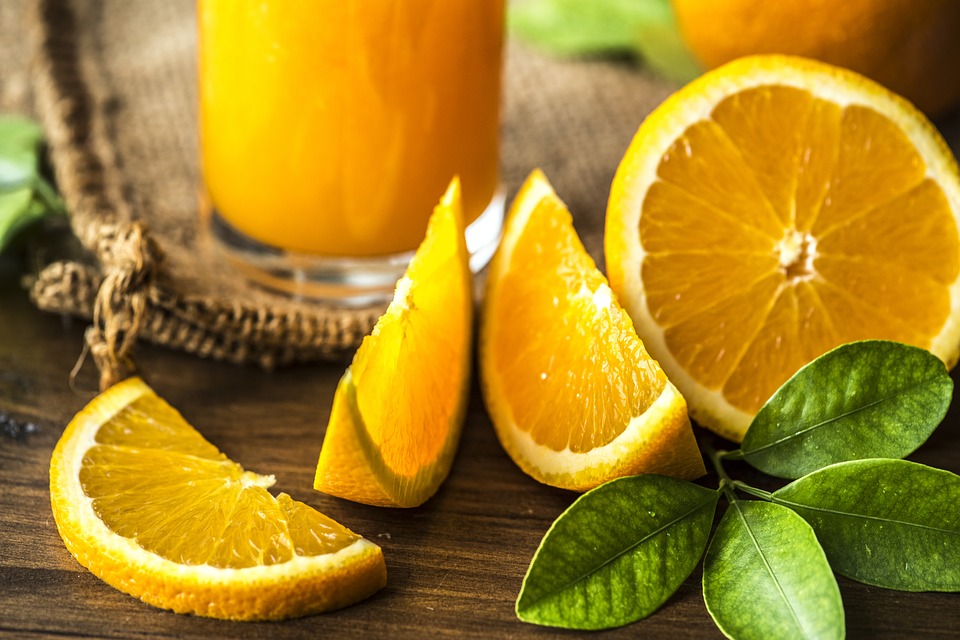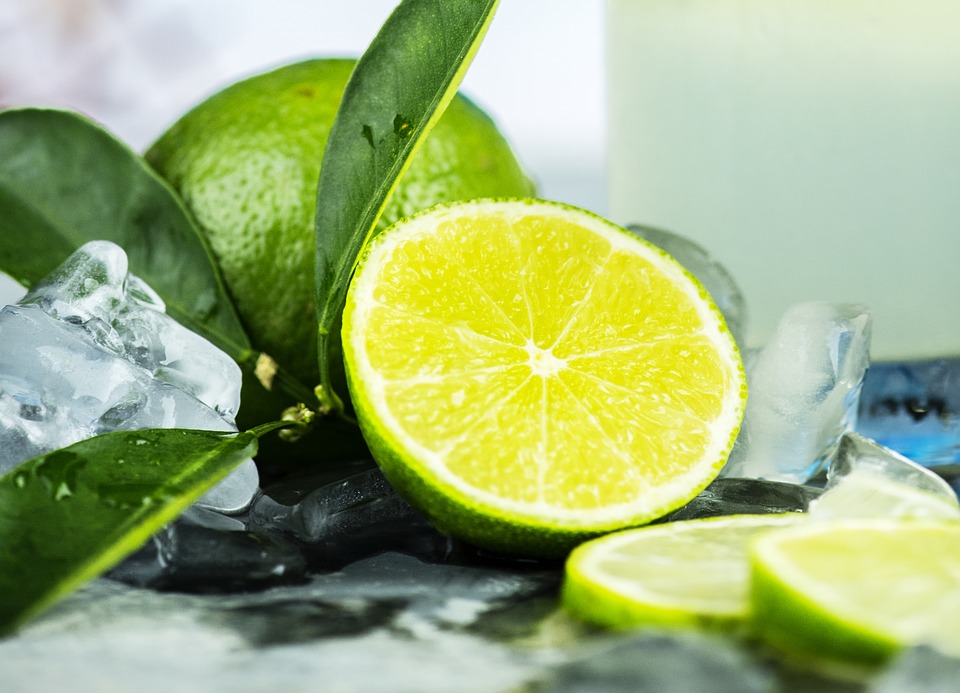
For an establishment to succeed in the food market, it needs to adapt to the new demands and trends that come with changing consumer habits.
In this sense, more and more people are looking to consume natural foods.
A recent survey shows that in the last five years, the health food and beverage segment has grown on average by 12.3% per year.
This consumer movement for healthier options becomes even clearer when it comes to drinks.
To give you an idea, according to a study promoted by the Ministry of Health, soft drink consumption has fallen over 50% in the last 10 years.
Thus, it is extremely important that restaurants and other establishments in the segment offer alternatives to meet the demands of this growing public.
After all, as the numbers show, this is no longer a niche issue but a strategic market need.
With this in mind, natural fruit juices are a great alternative to enrich the menu as they appeal to both the consumer and the entrepreneur.
We have an incredible variety of fruits and vegetables that provide a practically inexhaustible amount of combinations to make the most diverse types of juices and meet the most diverse profiles of customers and establishments.
Another important aspect concerns consumer habits. Many people do not have the time - or even desire - to make their own fruit juices at home in a good blender.
Buy the fruits of your choice, peel them, beat in blender, strain. In the rush of everyday life, looking for quick options away from home is the way many consumers attempt to avoid having to give up healthy eating.
Thus, bringing options of natural fruit juices to the menu is, besides being an easy and cheap option, an excellent way to take advantage of new market movements to attract the public and improve sales.
What types of natural fruit juices to serve?
Whenever possible, prefer the most natural options possible, bringing a different and healthy proposal to the menu.
There are different types of natural fruit juices. The most commonly found on the market are:
Whole Juice
It is made 100% from the fruit, without water or any other additives.
Organic Juice
It is also whole, but uses only organic fruits, grown without pesticides.
Pulp juice
It is made by crushing the edible part of the fruit and then portioning and freezing.
Since they focus on natural and healthy options, alternatives such as canned juices are not highly recommended as they have very low nutritional value. For example, they have approximately 40% of fruit juice alone. The rest is composed of water, sugars, dyes, and preservatives. In fact, there are options on the market today that contain more sugars than some soft drinks.

Tips for Making Refreshing and Nourishing Natural Fruit Juices in a Blender
In addition to the classics that should not be missed, such as orange juice, passion fruit, and lemon, you can use other common fruits, vegetables to create a diverse menu and tasty and nutritious combinations.
So, check out 10 tips for making natural and creative fruit juices in a blender to conquer the most diverse palates:
Lemon Juice with Basil
Ingredients: 1 peeled and seedless lemon, 1 cup of water, 3 ice cubes, 2 leaves of basil, 2 lemongrasses.
Method of preparation:
- Peel off the lemon wedges and then whisk all ingredients in a blender
- Strain before serving
Ginger Watermelon Juice
Ingredients: 1 medium glass of watermelon, 1 tablespoon full of freshly chopped ginger, 250 ml of water.
Method of preparation:
- Peel and cut the ginger into very small pieces
- Remove the seeds and cut the watermelon into large pieces
- Beat watermelon, water, and ginger in a blender
- Strain the juice in a sieve, refrigerate and serve
Green Pineapple and Cucumber Juice
Ingredients: 1 medium slice of pineapple, 1 large leaf of kale, 1 small piece of cucumber, 1 thin slice of fresh ginger, 200 ml of coconut water or mineral water.
Method of preparation:
- Peel the cucumber and ginger
- Put all items in a blender and beat well
- Strain and serve
Beetroot, Carrot and Acerola Juice
Ingredients: 5 medium chopped carrots, 2 medium chopped beets, 4 frozen Acerola pulps, 150 ml of water.
Method of preparation:
- Wash thoroughly, remove stalks and peel carrots and beets
- Beat all ingredients in a blender, adding more water if necessary, until reaching the optimum point
- It is not necessary to strain
Plum, Papaya and Orange Juice
Ingredients: 3 plums, juice of 2 oranges, 1 sliced papaya.
Method of preparation:
- Remove the core of the plums
- Peel and remove papaya lumps
- Blend all ingredients and serve
Apple Juice and Fennel
Ingredients: 115g of fresh fennel, 3 peeled apples, 200 ml of ice water.
Method of preparation:
- Cut the fennel into smaller pieces
- Cut the apples in half and remove the seeds
- Take to the blender. If necessary, add more water
Apple, Pear and Ginger Juice
Ingredients: 2 apples, 1 pear, 1 small piece of freshly sliced ginger.
Method of preparation:
- Remove the pear and apple seeds and cut them into smaller pieces
- Peel the ginger
- Beat half the fruits with the ginger
- Add the rest and beat until smooth
- If it is too thick, add water
- Serve without straining
Orange Juice, Pineapple, Apple and Cabbage
Ingredients: 2 tbsp cabbage, 2 pineapple slices, 1 Orange Juice, 1 apple.
Method of preparation:
- Chop the cabbage
- Remove the seeds from the apples
- Beat all ingredients in a blender and serve. No need to strain
Carrot Juice with Orange
Ingredients: juice of 4 oranges, 2 small carrots.
Method of preparation:
- Cut the carrots into slices
- Beat everything in a blender
- If it gets thick, add more orange juice
- Serve without straining
Tangerine Juice with Ginger
Ingredients: 6 tangerines, 10g of ginger, 3 ice cubes.
Method of preparation:
- Peel the tangerines and remove as much white fiber as you can
- Peel and grate the ginger
- Beat in a blender and then add ice
- Serve
You may also like
13 Organic and Health Food Subscription Boxes You Need to Try
Why Are Vitamins So Important? [Infographic]
10 Best Sites to Buy Protein Supplements Online
The 8 Best Stores to Shop for Discount Vitamins & Supplements Online
